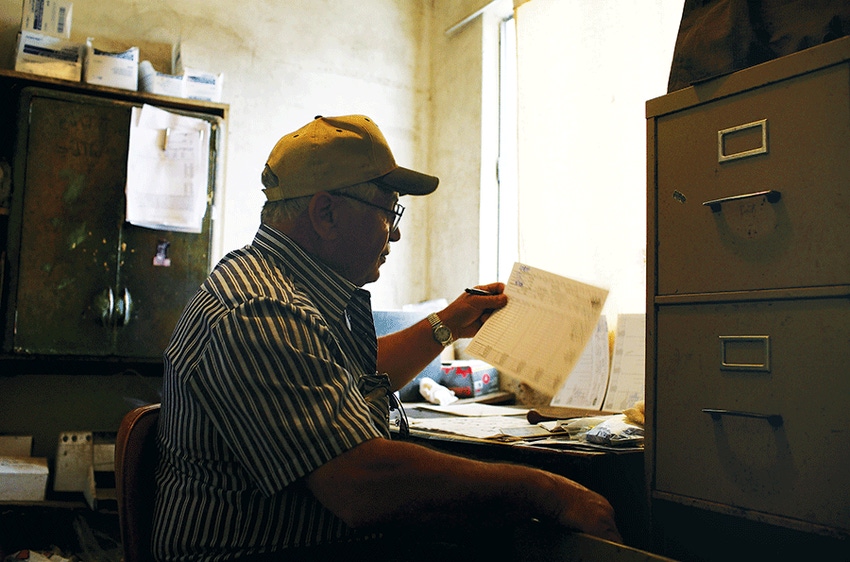
Government investment in farm policy “has remained low by historical standards,” even during the past four years of collapsing commodity prices, the Farm Policy Facts organization points out, “and now it is diminishing further at a time when it is needed most. The sum of all this is that American agriculture is hurting.”
The year just passed marked the fourth straight year of declining farm income, the organization notes. Because of declining prices, net farm income has fallen by almost half since 2012 — from $123.7 billion to just $66.9 billion. During the period, the USDA’s Economic Research Service says, corn prices went from $6.89 per bushel to an expected $3.40 for 2016; wheat dropped from $7.77 per bushel to just $3.80.
Although U.S. farmers and ranchers produced bountiful crops in 2016, Farm Policy Facts says, “collapsed prices have hurt their bottom line, and presented a real challenge for the family businesses that make up the farm sector.” Even so, consumers got a good deal — they were “largely insulated, and have even marginally gained” as prices declined 2.2 percent for food consumed at home, and 0.4 percent overall. “But the reality for producers was pretty grim.”
The Federal Reserve Bank of Kansas City survey of bankers indicated the volume of new non-real estate farm loans fell sharply in the fourth quarter of 2016: “The 40 percent drop was the largest year-over-year decline in nearly 20 years,” the Fed report said. “Profit margins remained tight and bankers responded with further adjustments to loan terms.”
The world “depends on American farmers to plant and harvest their crops,” the Farm Policy Facts summary noted, “but at current prices, they will be doing so at a loss.
“While the nation has long stood by its farmers through policies designed to assist them when prices collapse, or when weather disasters strike, this safety net is always under attack by professional critics — and it faces further reductions. The billions of dollars in cuts made in the 2014 farm bill left some critical holes that have yet to be filled, especially for cotton and dairy farmers.”
What’s more, it says, for 2017 the Agriculture Risk Coverage (ARC) program, which covers the majority of acres, “will be diminished due to a decline in its trigger prices of rolling averages in the face of depressed market prices.”
But, the organization says, “thousands of entrepreneurial farm families will give it their best shot again in 2017, searching for ways to cut costs, increase efficiencies, and minimize losses — with the hope of increasing returns.” And, “they are also anxiously watching what happens in Washington, D.C., with a new administration and a new Congress in charge, and the impact this will have on regulatory and tax policies, as well as writing a new farm bill before the current law expires in a year.”
For more: farmpolicyfacts.org
About the Author(s)
You May Also Like




